The site of the latest WON BASS tourney has a lot of understated versatility
BY MIKE STEVENS
WON Staff Writer
LAKE HAVASU CITY— The closest WON BASS venue to Southern California is Lake Havasu where Roy Hawk recently laid claim to the 2025 Lake Havasu Open championship. It holds big numbers of both largemouth and smallmouth bass, and while known as a finesse fishery, it has been proven that power-fishing can also win on the desert lake.
Power-Pro pro and former WON BASS Angler of the Year Todd Kline took a top-to-bottom look at Havasu where he finished 8th out of the field of 143 anglers which moved him into 4th in the 2025 AOY standings with two events to go, and he shared this thoughts with WON readers who may be heading out there.
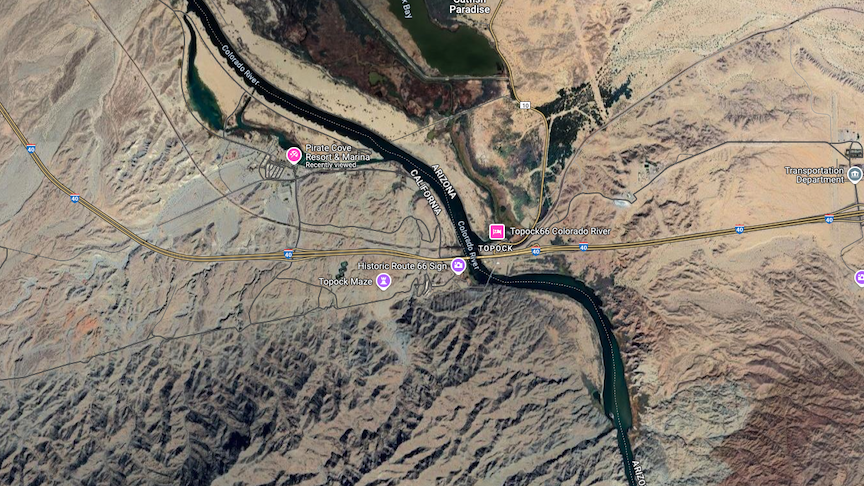
Pirate’s Cove and Topock Marina
“This (Pirate’s Cove) is the furthest I will go during practice,” said Kline. “There’s some riprap there and some tules in the back, and it’s very similar to what you get over at Topock Marina. They are both great areas to catch fish, and there’s a lot of ways to catch them.”
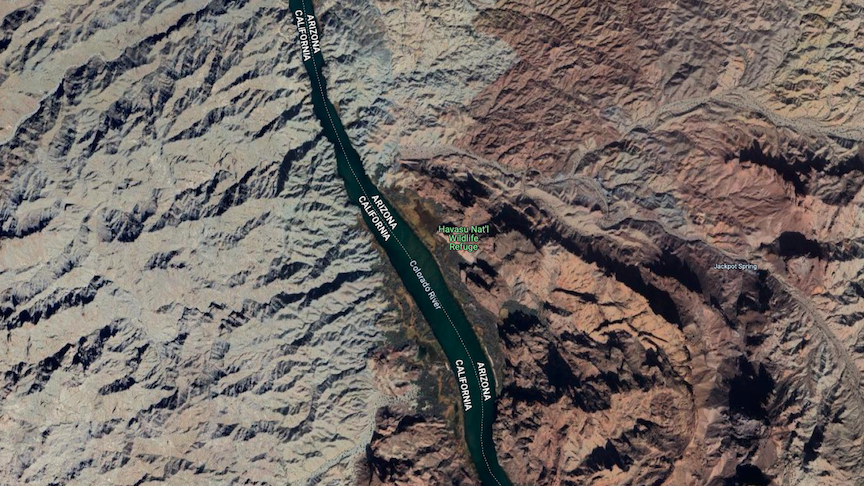
The “river”
“To kind of summarize, the majority of the river until we get down to Blankenship Bend is straight with a lot of current and tules. There’s some timber sticking out of the tules, and that’s where you find little bends, cuts and pockets where largemouth and smallmouth will pull up into and use them as ambush points. You will catch both (species) up river.”
Kline said a lot of anglers will flip those areas or throw moving baits like chatterbaits, spinnerbaits and other reaction stuff to find biters in that area.
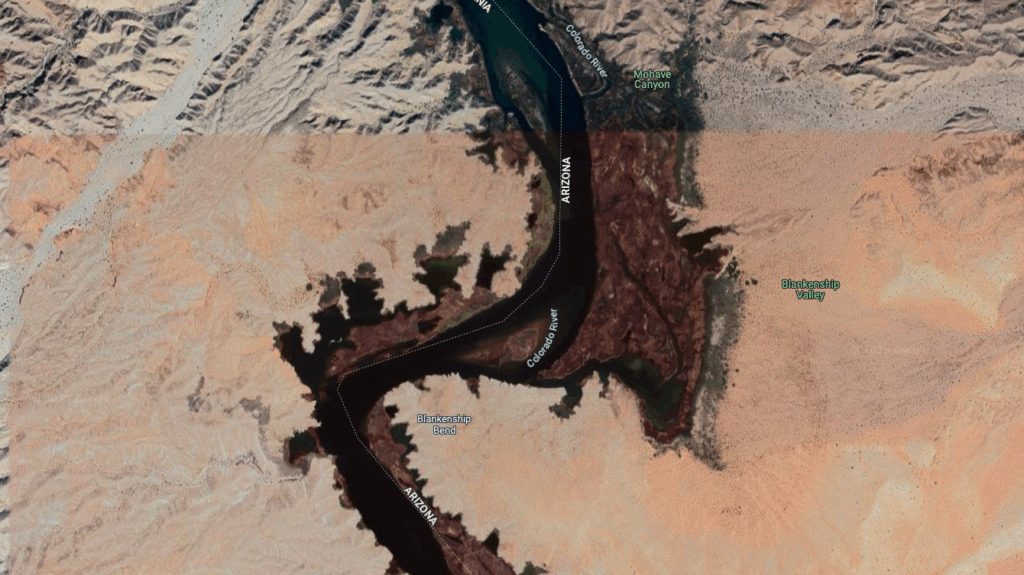
Blankenship Bend backwaters
“This is just above the Main Bowl, and you’ll notice this is where a lot of backwater comes into play,” said Kline. “This backwater has been key in years past, no matter what time of year. They warm up earlier, the spawn usually takes place sooner, and there probably are already fry-guarders in there with fish in all three phases right now: pre-spawn, spawn and post-spawn.”
Kline said you can see a lot of these backwater areas on Google Earth, but many are hard to get into unless you’re running an aluminum boat.
“If you haven’t run it before, I highly recommend trimming up your big motor, using your trolling motor to get back there or a push pole because it might look easy, but next thing you know you’re tearing up your equipment.”
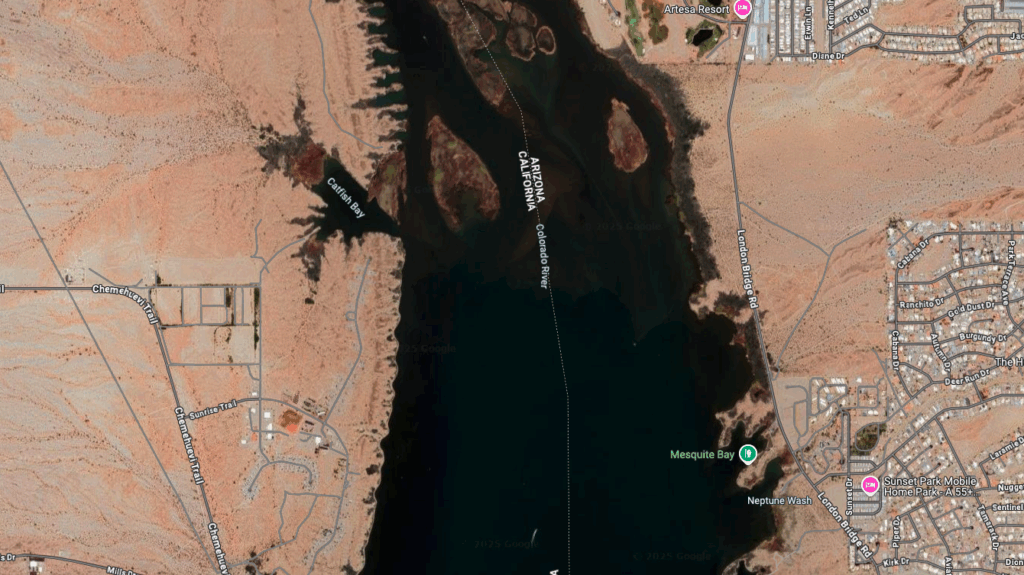
Upper Bowl banks, cuts and structure
“Just leaving the river, on the California side that last cove is called Catfish (Cove) which is another place that’s been productive in the past,” said Kline. “Coming into the Main Bowl, both sides (Calif. and Ariz.) are very similar. You’ve got a lot of cuts with tules in them, flats and a lot of man-made structure, and that structure is key in Lake Havasu. They’re literally ‘townhomes’ everywhere that were built strategically for fish, and they took residence pretty quickly.”
Kline likened fishing those spots to targeting ocean structure and losing a lot of gear in the process.
“It’s like a giant reef. You bang the cage with whatever bait you’re throwing, and the next thing you know it pops off and a 5-pound largie comes out,” he added. “You have him, and he turns his head and gets home real quick and can break you off because there’s quagga mussels out there.”
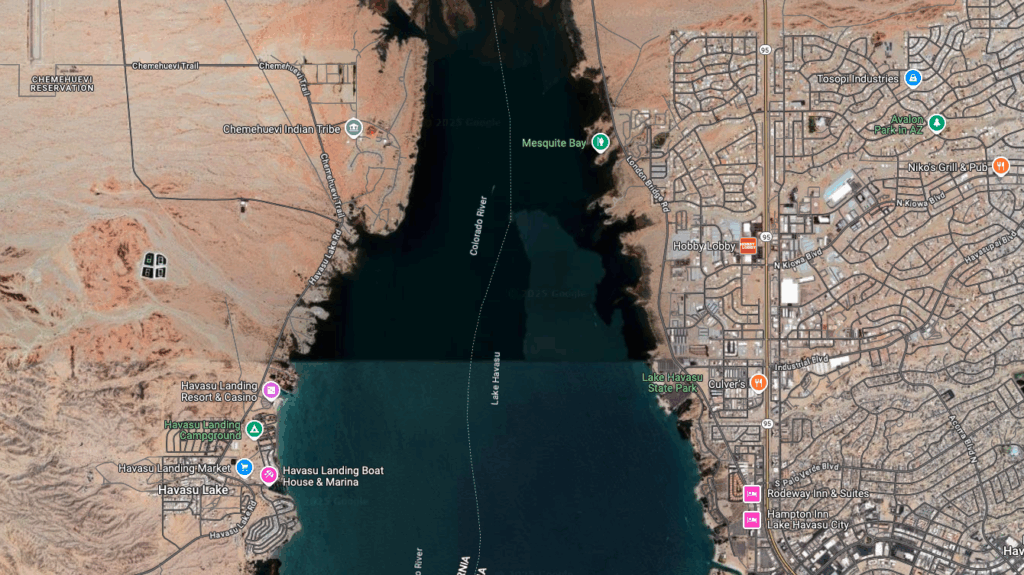
Submerged trees, washes and bluff walls in the Main Bowl
According to Kline, the Main Bowl is also peppered with areas with old trees on the bottom along the river channel and the back of some of the pockets.
“Some of those pockets are referred to as ‘washes’ and they are super fertile,” he told WON. “When they get the monsoons, they wash through and bring a lot of nutrients into the area and you get a lot of baitfish, a lot of grass and a lot of bass.”
Kline said if recent rains has the water in those wash areas off color, it can spark a reaction-bait bite anglers can take advantage of. He also touched on the seemingly endless “cuts” throughout Havasu’s Main Bowl, on both sides.
“There are cuts all the way down,” said Kline. “Some of them deeper, some shallower depending on what pattern you find. “Some bluff walls might not give you a lot of bites, but you’ll catch some big smallies that like to get in those shadows.”
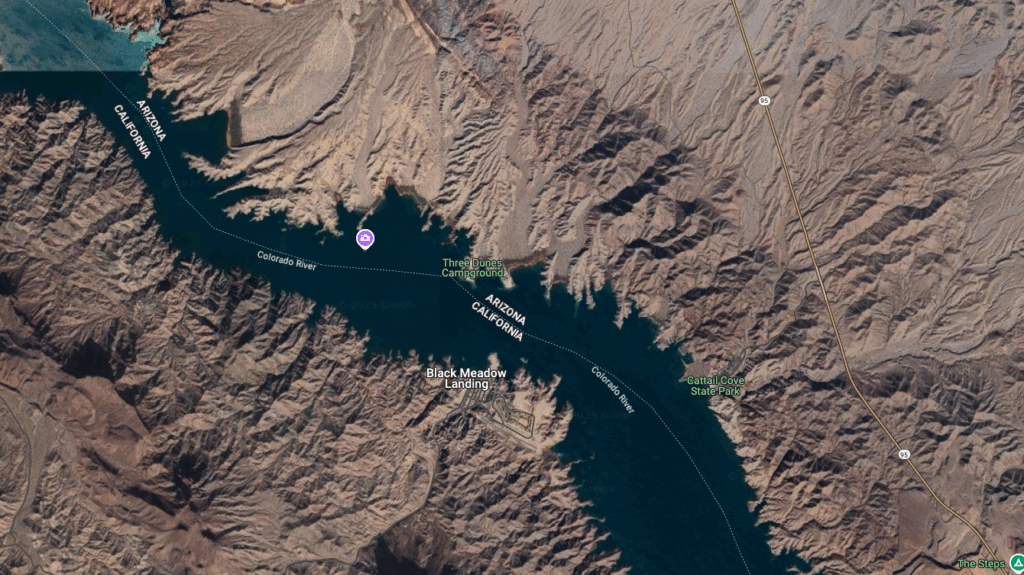
Smart smallmouth in clear water
Moving down and out of the Main Bowl, Kline mentioned an area that is historically a challenging area for catching bass, but it could pay off in a tournament situation.
“You’re going to pass Havasu Palms and then Black Meadow on the California side, and for many year a lot of guys didn’t want to fish this area,” said Kline. “It’s super clear and you get a lot of big smallmouth down there, but they’re all smart. A lot of time down there, you have to go lighter on the line, but my theory has always you’ve got to get bit before you can get broke off.”
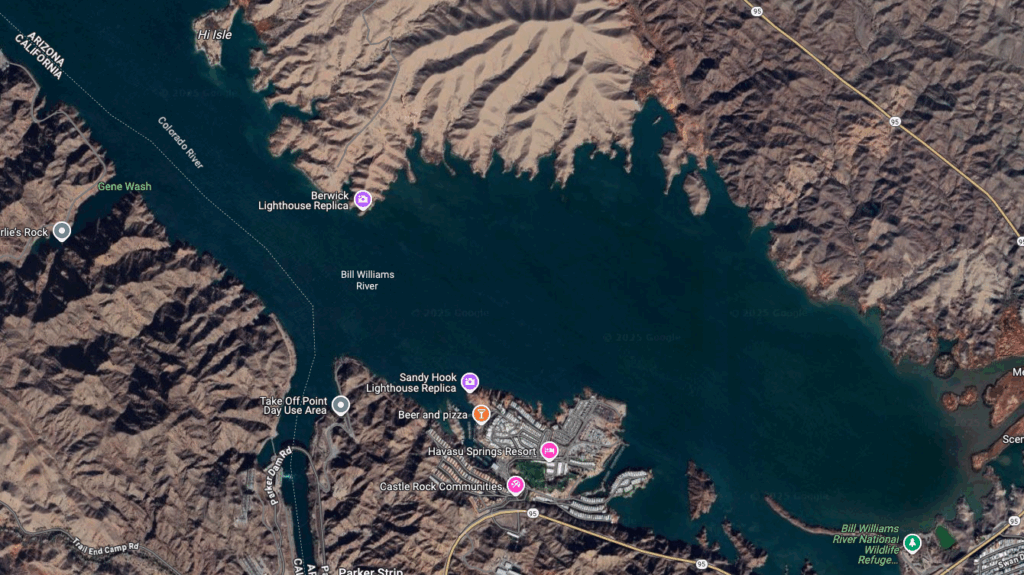
The South End
“Continuing south, a lot of the main river channel outside of those pockets, there’s some good high spots and more man-made structure,” said Kline. “Some of this stuff is on your mapping, and some of it you’re going to have to find on your own, but there is a lot of good stuff in the South End of Lake Havasu.”
Kline said the bite also can be tough in this area, and a basser might not see the numbers he gets in “the bowl” where the bass population is always strong due in part to it being where tournament fish get released.
Heading down toward Parker, Kline said the Havasu Springs Resort has docks and more pockets and man-made structure to get into and fish.
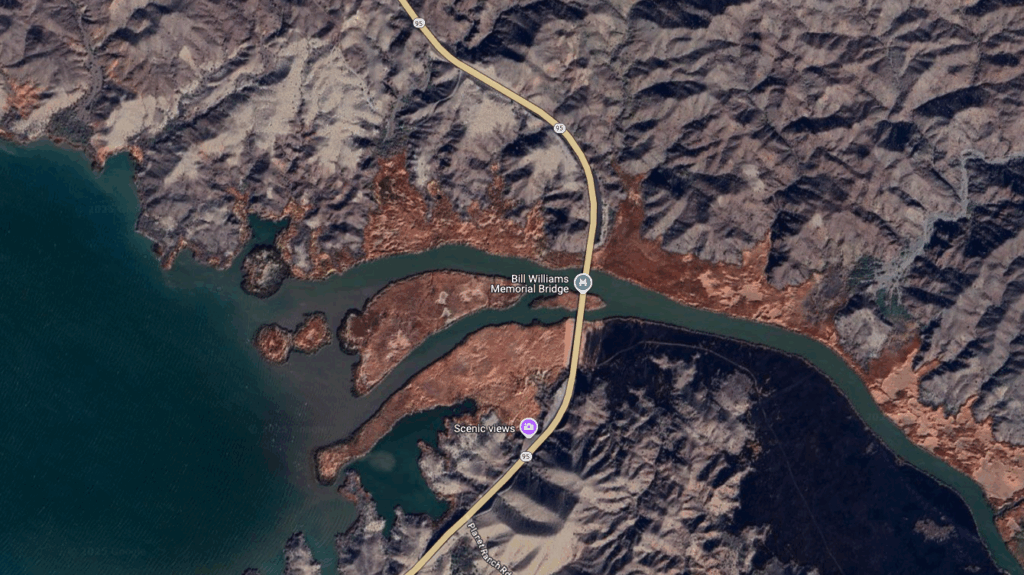
Bill Williams
The Bill Williams Memorial Bridge area is where the water can dinge up a bit, and the depth can vary quite a bit with deep water found over the middle of the river up to and very shallow water depending on how much water is moving through the system
“This entire area, once again, fertile, you’ll see a lot of bait,” said Kline. “In the Bill Williams area as a whole, you’re going to see a lot of striper fishermen because the area holds a ton of shad. Well, where there is shad, there is also bass, and that’s the case down here. You can go underneath the bridge there, and on both sides there’s tons of tules and you can catch them on your bait of choice, but generally this is an area you want to flip, throw a frog, chatterbait, that type of thing.”
“That’s Lake Havasu in a nutshell. Key structure is going to be points, rockpiles, humps, trees, the grass that is growing now, and that big key is that man-made structure, so try and find that stuff,” he added. “Keep in mind, once you get out there, determine if the fish are pre-spawn, spawn or post-spawn because that’s obviously going to change a little bit based on the areas you’re in.”




